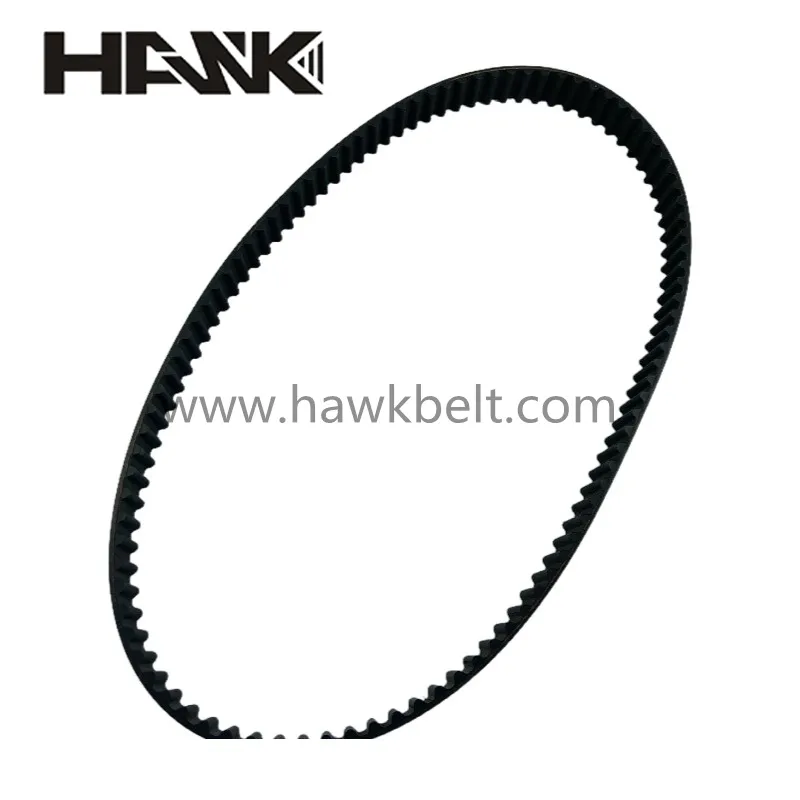- Arabic
- French
- Russian
- Spanish
- Portuguese
- Turkish
- Armenian
- English
- Albanian
- Amharic
- Azerbaijani
- Basque
- Belarusian
- Bengali
- Bosnian
- Bulgarian
- Catalan
- Cebuano
- Corsican
- Croatian
- Czech
- Danish
- Dutch
- Afrikaans
- Esperanto
- Estonian
- Finnish
- Frisian
- Galician
- Georgian
- German
- Greek
- Gujarati
- Haitian Creole
- hausa
- hawaiian
- Hebrew
- Hindi
- Miao
- Hungarian
- Icelandic
- igbo
- Indonesian
- irish
- Italian
- Japanese
- Javanese
- Kannada
- kazakh
- Khmer
- Rwandese
- Korean
- Kurdish
- Kyrgyz
- Lao
- Latin
- Latvian
- Lithuanian
- Luxembourgish
- Macedonian
- Malgashi
- Malay
- Malayalam
- Maltese
- Maori
- Marathi
- Mongolian
- Myanmar
- Nepali
- Norwegian
- Norwegian
- Occitan
- Pashto
- Persian
- Polish
- Punjabi
- Romanian
- Samoan
- Scottish Gaelic
- Serbian
- Sesotho
- Shona
- Sindhi
- Sinhala
- Slovak
- Slovenian
- Somali
- Sundanese
- Swahili
- Swedish
- Tagalog
- Tajik
- Tamil
- Tatar
- Telugu
- Thai
- Turkmen
- Ukrainian
- Urdu
- Uighur
- Uzbek
- Vietnamese
- Welsh
- Bantu
- Yiddish
- Yoruba
- Zulu
ಆಗಸ್ಟ್ . 13, 2024 08:42 Back to list
Advanced Machinery for Efficient Production of High-Quality Rubber Belts and Components
The Evolution of Rubber Belt Making Machines
The manufacturing of rubber belts has evolved significantly over the decades, driven by advancements in technology and the increasing demand for efficient and durable materials across numerous industries. Rubber belts, essential components in various applications ranging from automotive to manufacturing, rely on specialized machinery for their production. This article explores the key developments in rubber belt making machines and their impact on the industry.
Historical Perspective
The roots of rubber belt manufacturing can be traced back to the late 19th century when the industrial revolution ignited innovations in machinery and materials. Initially, rubber was lauded for its elasticity and durability, making it an ideal choice for belts in power transmission applications. However, the production processes were rudimentary, often involving manual labor and simple tools.
As industries grew, so did the need for more sophisticated manufacturing processes. The introduction of vulcanization in the mid-1800s transformed rubber properties, enhancing its strength and heat resistance. Consequently, the demand for machinery that could effectively produce high-quality rubber belts surged.
The Birth of Modern Machines
The advent of the 20th century marked a significant turnaround in rubber belt making technology. Manufacturers began to employ more advanced machinery equipped with automated controls, streamlining the production process. Early belt making machines were often mechanical, relying on gears and levers to shape and assemble rubber. However, these devices had limitations in precision and output.
The introduction of hydraulic and electronic controls revolutionized rubber belt production, allowing for greater accuracy and efficiency. Modern machines can now create belts with precise dimensions, customizable thickness, and enhanced surface finishes, catering to various industrial requirements. These machines employ advanced technologies, including computer numerical control (CNC), which automates the cutting and shaping processes, ensuring consistency across production runs.
Key Features of Rubber Belt Making Machines
rubber belts making machine

Modern rubber belt making machines incorporate several features designed to optimize production
1. High Efficiency Advanced designs allow for faster production cycles while maintaining high quality. Machines can produce belts continuously, minimizing downtime associated with manual changes or repairs.
2. Customization Contemporary machines often come equipped with programmable features that allow manufacturers to produce belts in varying sizes, materials, and designs without extensive retooling.
3. Quality Control Integrated systems within these machines enable real-time monitoring of the production process. This capability ensures that any anomalies are detected and addressed promptly, enhancing the overall quality of the finished product.
4. Safety Features Modern machines also prioritize operator safety, incorporating sensors and emergency shutdown systems to minimize risks during operation.
Future Trends
Looking to the future, the rubber belt manufacturing industry is poised to continue its trajectory of innovation. The integration of smart technology and the Internet of Things (IoT) in manufacturing processes will likely play a significant role. This could allow for predictive maintenance, where machines can anticipate failures and alert operators before issues arise. Furthermore, eco-friendly practices and materials are becoming increasingly important, prompting manufacturers to seek sustainable solutions in rubber production.
Conclusion
The journey of rubber belt making machinery from manual labor to highly automated, sophisticated systems illustrates the dynamic nature of industrial manufacturing. As technology continues to advance, it is essential for manufacturers to adapt and embrace these innovations. Not only does this ensure competitiveness in the market, but it also facilitates the production of high-quality, durable rubber belts that meet the ever-evolving demands of various industries. The future of rubber belt making machines looks bright, promising further enhancements that prioritize efficiency, quality, and sustainability.
-
Korean Auto Parts Timing Belt 24312-37500 For Hyundai/Kia
NewsMar.07,2025
-
7PK2300 90916-T2024 RIBBED BELT POLY V BELT PK BELT
NewsMar.07,2025
-
Chinese Auto Belt Factory 310-2M-22 For BMW/Mercedes-Benz
NewsMar.07,2025
-
Chinese Auto Belt Factory 310-2M-22 For BMW/Mercedes-Benz
NewsMar.07,2025
-
90916-02660 PK Belt 6PK1680 For Toyota
NewsMar.07,2025
-
drive belt serpentine belt
NewsMar.07,2025

